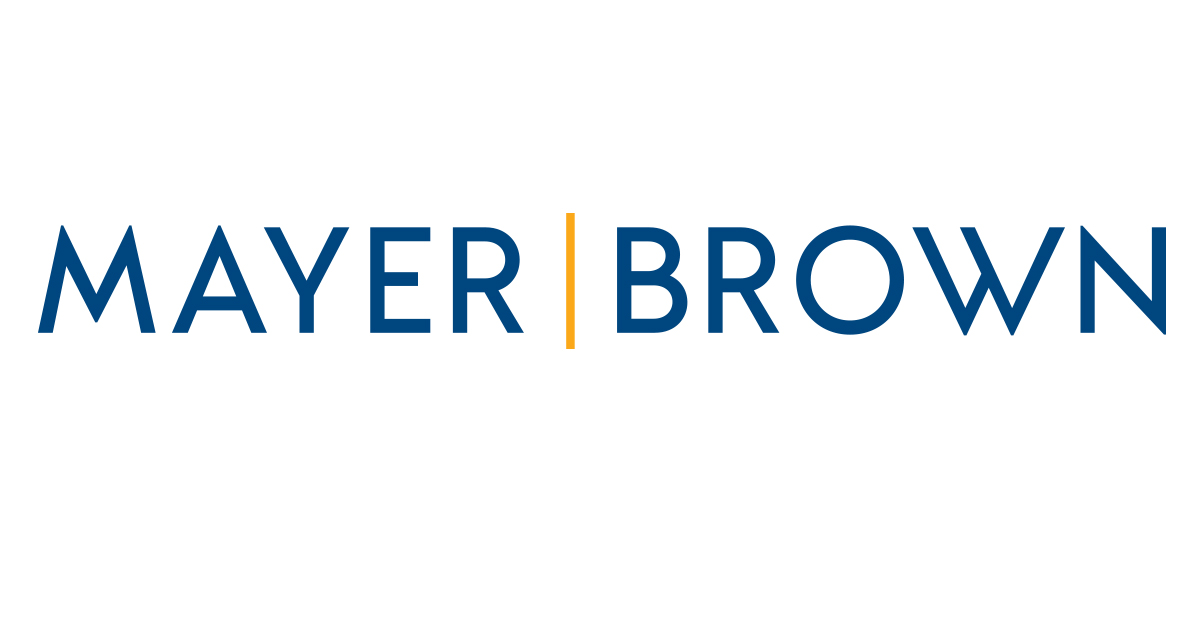Now Reading: Why Do Medical Billing Codes Matter?
-
01
Why Do Medical Billing Codes Matter?

Why Do Medical Billing Codes Matter?
Healthcare is complex, and so is its industry. It requires strict adherence to regulations and laws. When it pertains to medical billing codes, the complexity is often amplified. Adhering to billing codes ensures that treatment is provided to patients on time and that medical professionals are compensated or reimbursed timeously, too. This article explores the importance of medical billing codes, shedding light on how they enable healthcare providers to navigate this complicated world.
The Definition and Purpose of Billing Codes
Medical billing codes, also known as Current Procedural Terminology (CPT), are numerical representations assigned to specific diagnoses, medical procedures, treatments, etc. These codes are standard and facilitate communication between healthcare providers, insurance companies, and regulatory bodies.
The primary purpose of billing codes is to ensure documentation is accurate and to report on medical services so that healthcare providers are reimbursed for the treatment they have delivered. Without these codes, medical billing would become a haphazard operation that leads to document errors, claim rejections, and delayed patient care and payments. All of this ultimately hinders treatment. Nearly every diagnosis has its own billing codes, such as ABA billing. Numerous studies show that effective and accurate billing code use leads to faster treatment. While this has been crucial for individuals who have autism, the entire healthcare industry has benefited from using the correct codes.
Standardization
Standardization has several advantages, such as consistency and uniformity, when describing diagnosis and treatments. Standardization is effective since it leads to better communication among all stakeholders. The CPT coding system and others like it provide a common ground for accurate documentation locally and internationally. Think about it like this: standardization streamlines the entire process and allows for accurate data facilitation and analysis.
On-Time Reimbursement
While healthcare providers do their best to provide critical patient care, it is equally essential for them to be reimbursed on time. For instance, each billing code corresponds with a specific treatment, allowing insurers to evaluate claims with clarity. Here is a scenario to consider: a patient is scheduled for surgery on 1 February with a code of 42820. Before the surgery and after, the surgeon completes the paperwork and uses the correct billing code. The insurer validates the claim because the information is accurate and correct. The surgeon is then paid on the agreed-upon date without delay.

Image credit: Nappy via Unsplash
Regulatory Compliance
It is arguably one of the most critical aspects of medical billing. If medical professionals are not compliant, this could lead to fines and suspended or canceled medical licenses. Medical laws and regulations are in place and are standard to ensure legal and ethical practices. Medical billing codes are a crucial component in regulatory compliance because not only do inaccuracies lead to claim rejections, but they can also lead to audits and possible legal prosecution.
Communication Between Stakeholders
Since codes are standard and mean the same thing across the board, they facilitate improved communication between medical professionals, insurance providers, and regulatory bodies. If the code for ABA therapy is 97153, and a treatment bill is logged, each stakeholder will know precisely what treatment has been provided. Once again, this speeds up the claiming process, reducing the likelihood of disputes or rejections.
Additional aspects to consider are that insurers rely on codes to assess the necessity of services, determine coverage, and calculate reimbursement amounts. Without standardized coding, the communication between stakeholders can be misinterpreted, which could lead to financial strain for the medical professional.

Image credit: Nappy via Unsplash
Data
One might think that data analysis and exchange do not play a pivotal role in billing. However, this could not be further from the truth. While specific patient information, such as personal data, might not be shared, stakeholders analyze data using medical billing codes. They do this to track disease prevalence and analyze trends, which are used to make informed decisions about public health. Again, standardization stands out since it allows for compiling large data sets to identify patterns, outcomes, and costs.
Mitigating Errors
Medical billing codes serve as a systemic and structured approach to documenting treatments and reduce the likelihood of billing errors. Because doctors and other medical staff assign specific codes to specific procedures, healthcare workers create a clear record of services rendered.
Preventing Fraud
Insurers use advanced analytics to detect any fraudulent activity. No matter how regulated the medical industry is, there are still some isolated incidents of fraud. However, billing codes have helped to mitigate these instances. For example, if a patient needs an elbow procedure, the code is 23930 for $4,000. However, the healthcare worker used the code 27600 for ankle surgery, which is $ 7,000. Because insurers must verify claims, including the verification of patient details, they can uncover fraud.
The Medical Industry Cannot Exist Without Billing Codes
The industry has come a long way to ensure patient care and medical professional reimbursement for services rendered are provided timeously. Medical billing codes have been a breakthrough since they are a standard used by all stakeholders, align with regulatory bodies, improve communication between stakeholders, mitigate fraud and errors, and allow for data sharing to improve healthcare services.










